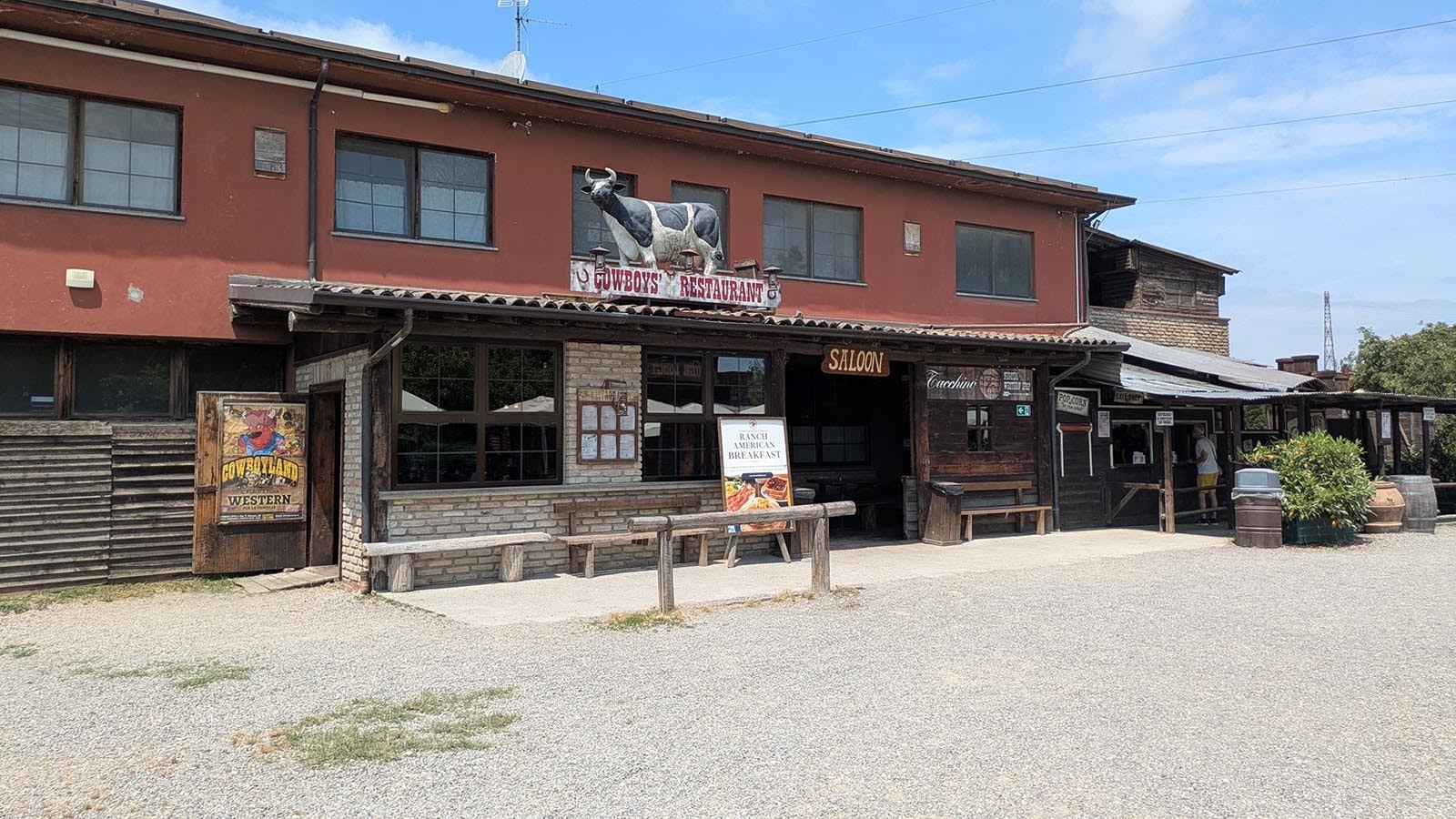Yellowstone in the summer is a magical place – geysers, wildlife, untamed beauty all around.
But this summer, the visitor experience has been marred by overcrowding, staff shortages and a pandemic.
As of the end of August, Yellowstone had already seen almost 3.6 million visitors in 2021, with two months left in the season.
Throw in the 837,000 visitors who came in through all five of the park’s gates in September 2020 and another 360,000 who came in October of last year and it’s possible another 1.19 million visitors could realistically boost the year’s total visitation to a record-breaking 4.79 million. The current record for one year’s visitation was set in 2016 at 4.26 million.
The high visitation numbers has had an impact on both visitors and park staff, officials said.
Mike Keller, general manger for Xanterra Parks and Resorts, the company that operates concessions in Yellowstone, said due to severe staffing shortages, Xanterra has had to strictly limit food service in the park.
“You know, from a dining standpoint, options are limited, and most restaurants, if open, are buffet only, or just grab-and-go food options,” Keller said.
He explained the company is operating at about 60% of normal staffing levels — and that’s even with some facilities closed or operating at limited capacity.
And the increase in visitor numbers means longer lines and slower service.
“So, normally you would go to the Old Faithful Inn, you’d sit down and have lunch,” he says. “Well, the inn is open, but we have 50% seating capacity because of COVID guidelines that we’re following, that are provided to us by our partner, the National Park Service. So I have fewer seats available for people to sit in our restaurants, which is why the lines are longer this year than people are used to.”
For tour bus companies who in the past have made reservations for their guests at the sit-down restaurants in the Park, the staffing issues and limited capacity seating definitely impacts how those guests are fed.
“With the Geyser Grill at Old Faithful, which is like our fast food restaurant, they call in advance, like when they’re leaving the west gate, and say, ‘Hey, I’ve got a bus coming, I’ve got 50 people, we need 50 cheeseburgers, 50 orders of fries and 50 cokes, we’ll be there in an hour to pick it up,’” Keller said. “If they make a little bit of an effort to work with us, we can try to arrange some food options available for them before they arrive at their property.”
And then, of course, there’s COVID — which further complicates the visitor experience.
“In Yellowstone National Park, regardless of vaccination, and regardless of community transmission, masks are required indoors,” said Morgan Warthin, with the park’s public affairs office. “And they’re also required in crowded outdoor spaces. We also continue with other mitigation measures, and for the time being, we will continue to encourage visitors to social distance as we have done for the last year, and to wash their hands. And I think most importantly, for visitors who do not feel well, who are sick, we continue to ask them to stay home – to not visit the park.”
The Park will stay open through the first week of November, but restaurants and hotels will be closing soon, according to Keller – which makes addressing the staffing shortage for the rest of the season even more of a challenge.
“Roosevelt already closed.” he said, “And really, by the time we get to Oct. 10, Columbus Day, everything in the park will be closed except for Mammoth, Snow Lodge and Madison campgrounds. “We’ve brought in 230 new employees in the last 21 days,” he continued. “But the reality of it is, people don’t want to just pack up and move halfway across the country to live in a dorm with somebody they don’t know for five weeks and then go back home.”
Despite the challenges, Keller said the ultimate goal for both Xanterra and the National Park Service is a safe and positive visitor experience.
“It is our unified goal, to ensure that we are providing services to visitors while doing it safely and responsibly,” he said.





